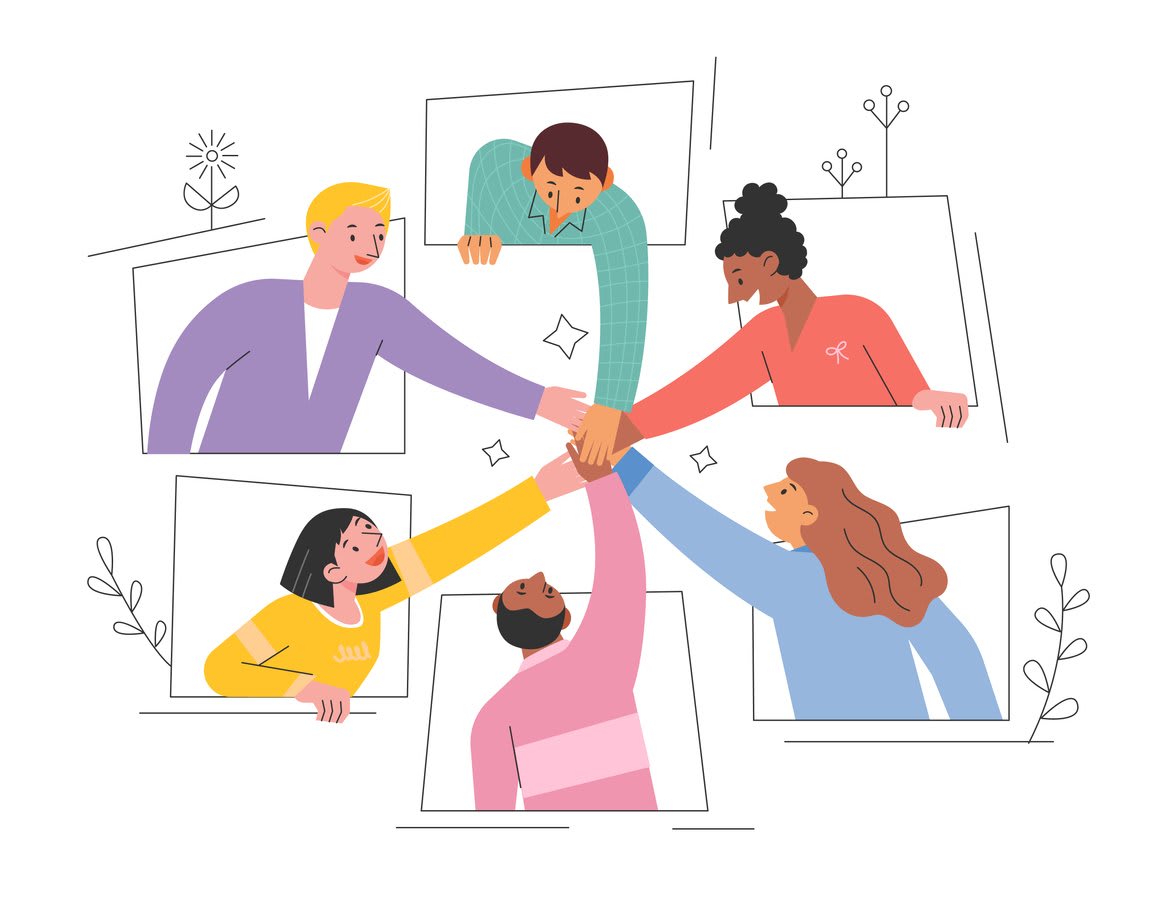The Pros & Cons of Collaboration
Collaborating as an educator can bring both benefits and challenges. It is important to note what may be helpful and what may be harmful. As a future K-12 educator, I understand that connecting with others is going to be a big help for how I decide to teach my class. Here’s a breakdown of the pros and cons.
Pros:
1.Diverse Perspectives: Collaborating allows educators to share ideas and strategies, leading to more innovative and potentially effective teaching methods that you are able to adopt. This may help you in a lesson where you need help trying to explain certain things. Other peoples opinions are always nice to hear, whether you agree or disagree.
2. Shared Resources: Educators can pool resources making it easier to develop high quality lessons and activities. I’m sure many educators do different research and have different sources. If someone shares a website with you, or vice versa, that is always a good thing.
3. Professional Development: Working with others promotes continued learning and professional growth through feedback and shared experiences.
4. Improvement in Student Outcomes: Collaboration can lead to more comprehensive learning experiences for students, which can benefit their overall development for life.
5. Supportive Environment: Collaboration brings a sense of community among educators, reducing feelings of isolation and providing emotional support, especially when things can be stressful.
6. Enhanced Problem-Solving: Teams can brainstorm solutions, which strengthens each member to address issues more effectively.

Cons:
1. Time Constraints: Coordinating schedules and finding time to collaborate can be challenging, especially with busy teaching loads, coaching, or different time zones.
2. Differing Opinions: Conflicting teaching philosophies or methods can lead to disagreements, which might be more harmful than helpful. It may be more of a distraction than a collaboration.
3. Unequal Contribution: Not all team members may contribute equally, leading to frustration and imbalance in workload. Similar to a group project for students, someone always doesn’t carry their weight.
4. Communication Barriers: Miscommunication can arise, leading to misunderstandings and ineffective collaboration. Just like when text messages or emails are misread, this may be the same on an educational level. Giving ideas but someone not comprehending it, or a language barrier causing for confusion.
5. Resistance to Change: Some educators may be hesitant to adopt new ideas or practices suggested by collaborators.
6. Dependency Risks: Over-reliance on collaboration can sometimes demolish individual creativity. Much like certain AI programs do work for people, this can be in the same boat. Relying on something or someone else to present your work for you.
Above all else, I believe collaboration is beneficial and the pros outweigh the cons by far.